L.J. Collier’s injury means the Seahawks could have to explore options at defensive end

RENTON, Wash. – The early reports that Seahawks first-round pick L.J. Collier suffered only a high-ankle sprain on Tuesday elicited at least a little, initial sigh of relief.
As Collier lay on the ground after the play ended, limped on his own to the sidelines and then – after a few minutes of being tended to by trainers – was carted off the field, the worst-case scenarios of a broken bone or significant injury to a knee seemed possible.
But high-ankle sprains, if not as dire-sounding as some injuries, are notoriously hard to predict.
Russell Wilson suffered a high-ankle sprain in Week 1 of the 2016 season and never missed a game. But he also was clearly hobbling in Week 2, then suffered a knee injury in Week 3, and many close to the team remain amazed he never missed more than one snap the whole year.
Germain Ifedi, Seattle’s first-round pick in 2016, suffered a high-ankle sprain the Wednesday before the first game and was back four weeks later, missing just three games.
But ankle sprains can also shelve players for a significant amount of time – rookie offensive tackle Jamarco Jones had surgery last year after suffering a high-ankle sprain and ended up going on injured reserve.
Regardless of how severe, a high-ankle sprain of any sort means Collier is likely out for the preseason and will miss valuable practice time.
And it throws that much more uncertainty onto the team’s already question-riddled defensive line.
The Seahawks are already banking on Ziggy Ansah, who has yet to practice after shoulder surgery last year, getting up to speed quickly and being the team’s starting edge rusher. For now, Cassius Marsh is the starter there, with Jacob Martin and Barkevious Mingo also in the mix.
They also are preparing to play the first six games of the season without their best interior defensive line player, tackle Jarran Reed.
Collier is playing the team’s five-technique end spot, or the other side from the edge rusher. That spot lines up on the strong side of the defense. Quinton Jefferson was the starter there last year, and if the season began today he’d likely still be the starter.
Rasheem Green, a third-round pick last year, also plays that spot, as does Branden Jackson. Jackson seemed on the bubble to make the roster, but if Collier is out any substantial time then he might suddenly be a key player.
Of course, if Collier’s injury is significant, the Seahawks will scour for available defensive ends.
That could mean signing any current free agents – not a great list but does include Kony Ealy and Robert Nkemdiche, a former first-round pick who was waived earlier this week by Arizona. Dion Jordan, who also played the five-technique end spot some last year for Seattle, remains a free agent but also has to serve a 10-game suspension for violating the league’s substance abuse policy, reportedly for using Adderall.
Seattle could also dangle some of its picks from next year to make a trade, or wait to see who is waived in the cut down to 53. There is now only one cut-down day, following the final preseason game, which may not help the Seahawks. However, veterans are commonly released earlier in camp if a team knows they are not going to make the roster (as Seattle did last year with Jon Ryan). So maybe someone somewhere could fall into Seattle’s lap.
As for Collier, Tuesday’s practice – the first in full pads – marked the first chance for the Seahawks to get a good read on where he is.
Veteran left tackle Duane Brown, asked about the play on which Collier was hurt, volunteered that Collier is “still kind of raw in his technique’’ but has lots of potential.
That seemed to be the growing conventional wisdom: Collier has a lot of ability and want-to but may need some time refining his skills to be an impact player. He hadn’t had much time with the No. 1 defense, typically working with the second and third units, with Jefferson and Green typically working with the starters.
Of course, that means the worst thing that can happen for Collier is missing what is the best teaching and learning time of the year: training camp and preseason games. There isn’t a lot of time for that once the regular season begins.
It was hard to tell this early just how much the team was going to get from Collier this year right off the bat. For now, until there is clearer word from the team on a prognosis, the hope will be that Collier can get back early enough this season to be able to contribute at all.